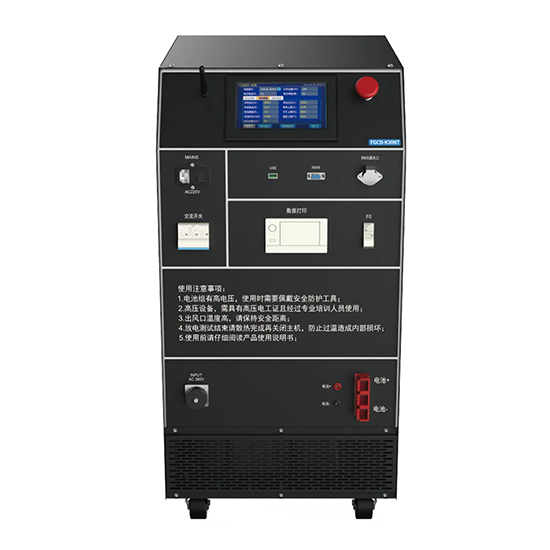
# Battery Discharge Tester: Essential Tool for Battery Maintenance
## Introduction
In today’s world where batteries power everything from smartphones to electric vehicles, maintaining battery health has become crucial. A battery discharge tester is an indispensable tool for anyone serious about battery maintenance and performance evaluation.
## What is a Battery Discharge Tester?
A battery discharge tester is a specialized device designed to measure a battery’s capacity by discharging it under controlled conditions. Unlike simple voltage checkers, these testers provide comprehensive data about a battery’s actual performance and health.
### Key Features of Quality Discharge Testers:
– Adjustable discharge current settings
– Precise voltage monitoring
– Capacity measurement in ampere-hours (Ah)
– Temperature monitoring capabilities
– Data logging functions
## Why Battery Discharge Testing Matters
Regular discharge testing offers several important benefits for battery users:
### 1. Accurate Capacity Assessment
Over time, all batteries lose capacity. Discharge testing reveals the true remaining capacity, which is often different from what manufacturers claim or what simple voltage tests indicate.
### 2. Performance Benchmarking
By establishing baseline performance metrics, you can track degradation over time and predict when replacement might be necessary.
### 3. Quality Verification
For those purchasing new batteries, discharge testing can verify whether the product meets advertised specifications.
## Types of Battery Discharge Testers
### 1. Basic Resistive Load Testers
These simple devices use resistive loads to discharge batteries while measuring voltage drop. They’re affordable but offer limited functionality.
### 2. Programmable Electronic Testers
More advanced units allow precise control over discharge parameters and often include data logging capabilities.
### 3. Integrated Battery Analyzers
High-end systems combine discharge testing with charging and conditioning functions for complete battery management.
## How to Use a Battery Discharge Tester
Proper testing procedure ensures accurate results:
– Fully charge the battery before testing
– Connect the tester following manufacturer instructions
– Set appropriate discharge parameters
– Monitor the test (or use automatic cutoff features)
– Record and analyze results
## Choosing the Right Discharge Tester
Consider these factors when selecting a battery discharge tester:
– Battery types supported (Li-ion, lead-acid, NiMH, etc.)
– Voltage and current ranges
– Measurement accuracy
– Data recording capabilities
– Portability requirements
– Budget constraints
## Maintenance Tips for Your Discharge Tester
To ensure long-term accuracy:
– Store in a clean, dry environment
– Regularly calibrate according to manufacturer guidelines
– Keep connections clean and corrosion-free
– Update firmware when available
– Follow all safety precautions during use
## Conclusion
A quality battery discharge tester is a wise investment for anyone who relies on battery-powered devices or manages battery inventories. By providing accurate, quantitative data about battery health, these tools help optimize performance, extend service life, and prevent unexpected failures. Whether you’re a hobbyist with a few rechargeable batteries or a professional managing large battery banks, incorporating regular discharge testing into your maintenance routine will pay dividends in reliability and cost savings.
Keyword: Battery Discharger
No responses yet